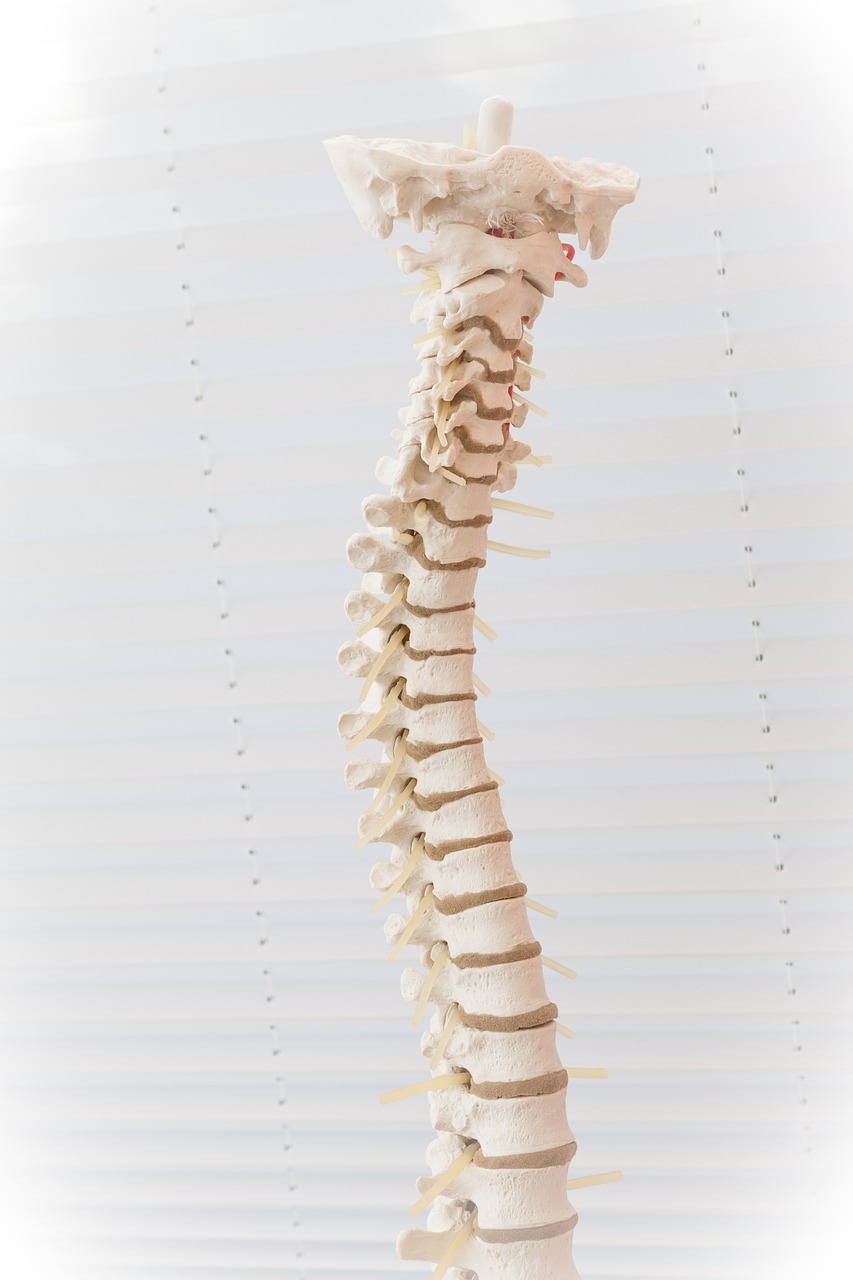Welcome to our comprehensive guide on sciatica, a term often associated with persistent back pain. In this exploration, we will unravel the mysteries surrounding sciatica, examining its causes, symptoms, and effective strategies for relief.
Understanding Sciatica: What is It?
Sciatica isn’t a standalone condition; rather, it’s a symptom indicative of an underlying issue. At its core, sciatica involves the irritation or compression of the sciatic nerve, the longest nerve in the human body.
The Sciatic Nerve: Backbone of Understanding
To comprehend the intricacies of sciatica, it’s essential to delve into the anatomy of the sciatic nerve and its connection to the spine.

Causes of Sciatica: Peeling Back the Layers
Herniated Discs: A Back Pain Culprit
Herniated discs are a primary contributor to sciatica, causing compression of the sciatic nerve. Understanding this relationship is key to grasping the origins of sciatic back pain.
Beyond the Basics: Other Sciatica Triggers
Spinal stenosis, the narrowing of the spinal canal, can exert pressure on the sciatic nerve, exacerbating back pain. Let’s explore this connection in detail.

The Sciatic Nerve: Backbone of Understanding
Trauma, spondylolisthesis, and piriformis syndrome are additional factors that can contribute to the development of sciatica-related back pain.
Recognizing Sciatica: Signs and Symptoms
Radiating Pain: The Signature of Sciatica
Sciatica often manifests as a sharp, shooting pain that radiates from the lower back down one leg. Recognizing this distinctive pain pattern is crucial in identifying sciatica.
Sensory Signals: Numbness and Tingling in BACK PAIN
In addition to pain, individuals with sciatica may experience numbness or tingling sensations. These sensory changes are important indicators of sciatica-related back pain.

Relief Strategies: Easing Sciatic Back Pain
Conservative Approaches: Tackling Sciatica Head-On
Discover non-invasive methods for managing sciatica, including physical therapy, exercises, and lifestyle modifications aimed at reducing back pain and improving mobility.
Medications: Alleviating Sciatic Back Pain
Explore the pharmaceutical options available for alleviating sciatic back pain, from over-the-counter pain relievers to prescription medications prescribed by healthcare professionals.
Surgical Solutions: Addressing Severe Back Pain Cases
For severe cases of sciatica-related back pain, surgical interventions may be recommended. Understand the types of surgeries available and the circumstances under which they become viable options.
Preventing Sciatica: Building a Resilient Back
Lifestyle Changes: A Shield Against Sciatic Back Pain
Proactive measures play a crucial role in preventing sciatica. Learn about lifestyle changes, including exercise routines and ergonomic practices, that can contribute to a healthier back and mitigate back pain.
Spinal Health Maintenance: A Key to Back Pain Prevention
A focus on overall spinal health can be instrumental in warding off sciatica-related back pain. We’ll discuss practices and habits that promote a strong and resilient spine.
Conclusion: Taking Control of Sciatic Back Pain
In conclusion, sciatica doesn’t have to be an insurmountable puzzle. By understanding its origins, recognizing its symptoms, and adopting preventive measures, you can empower yourself to manage and mitigate the impact of sciatica on your life and back pain. Take charge of your back health and pave the way for a pain-free and active future.